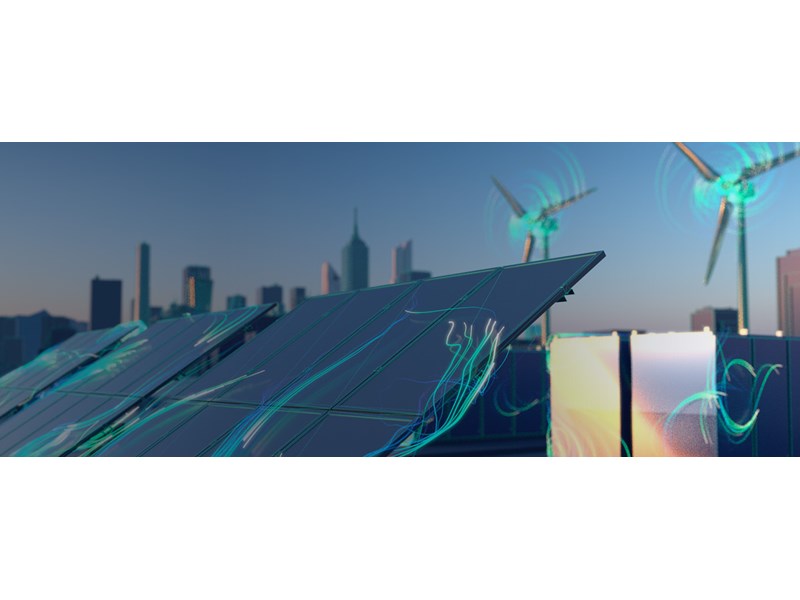Sign up today to get the best of our expert insight in your inbox.
Is geothermal energy the key to stabilising the grid? | Podcast
Sources of reliable clean power are moving into the spotlight
1 minute read
As the share of dispatchable power in our electricity system declines, with coal-fired plants giving way to variable wind and solar, maintaining reliable supplies to keep the lights on becomes more complex. Investment in wind and solar is still vital for making progress towards net zero emissions, but other sources of low-carbon power are also moving into the spotlight. Those can include nuclear and hydrogen generation, as well as wave and tidal power, but there’s another source of renewable energy that’s been attracting a lot of attention recently: geothermal.
Today geothermal accounts for just 0.5% of renewables-based capacity for electricity generation globally, but some think it could play a much bigger role in the future. In the past few years there has been growing interest in geothermal energy, driven by some exciting innovations. Quaise Energy, for example, is developing a millimeter wave drill that they say could enable them to deliver energy at $40 per MWh. Fervo is a startup working on horizontal drilling for geothermal, enabling them to reach more areas and lowering surface footprints.
On the Energy Gang this week, Ed Crooks is joined by Dr. Melissa Lott, the Director of Research at the Center on Global Energy Policy at Columbia University, and by Nneka Kibuule, who is a Principal at Aligned Climate Capital and co-founder of GreenTech Noir. They discuss the potential of geothermal as an energy source, and the important questions over its environmental impact. What are the trade-offs when we develop new sources of low-carbon energy that could help tackle climate change, but create local impacts on sensitive ecosystems?
There’s a $100 million plan to turn apartments in New York City into Virtual Power Plants, or VPPs. There are now hundreds of VPP projects across the US and Canada, with New York and California being the biggest states. But what exactly are they, and how do they work? In New York City, the plan is to control air-conditioning units in real-time to reduce electricity demand, relieving stress on the grid and helping to cut emissions. Nneka Kibuule explains how Aligned Climate Capital has invested in several businesses developing technologies for VPPs, making it possible to turn homes and businesses into a collective energy resource for utilities and the grid.
Finally, the focus on ESG investing continues. When investors and companies look at ESG scores and ratings, are they getting too hung up on the numbers and not paying enough attention to all the other important factors that are more difficult to measure?
Subscribe to the show so you don’t miss an episode and follow us on Twitter, we’re @theenergygang

The Energy Gang is brought to you by Wilson Sonsini Goodrich & Rosati—the premier legal services provider to technology, life sciences, and clean energy enterprises. Wilson Sonsini has built a leading energy and climate solutions practice and its team is dedicated to a single goal: advancing what’s next in the energy industry.
For more information about Wilson Sonsini’s energy and climate change team, visit wsgr.com






